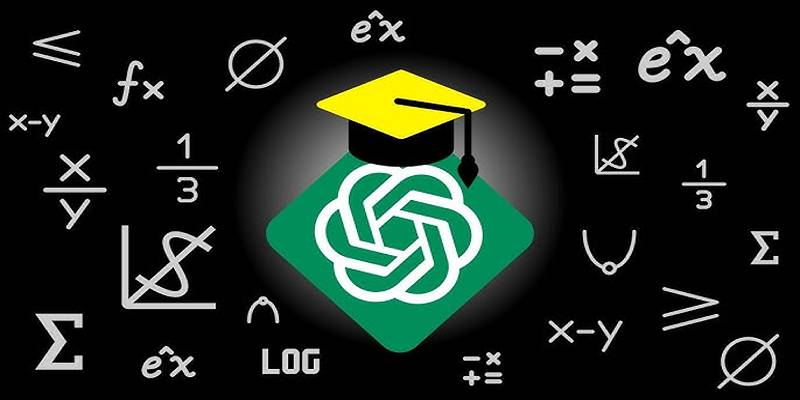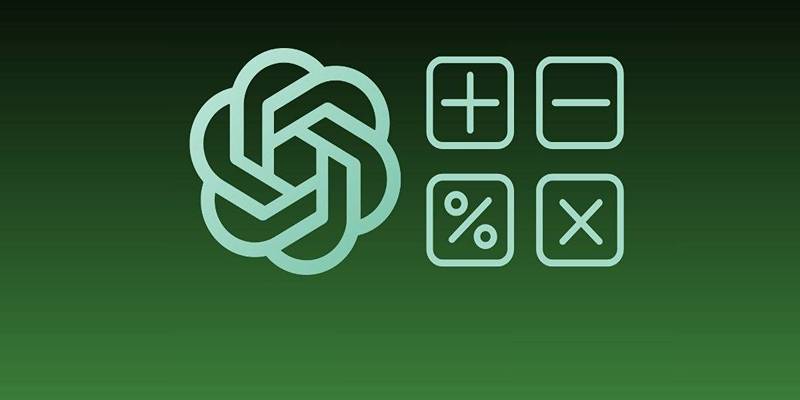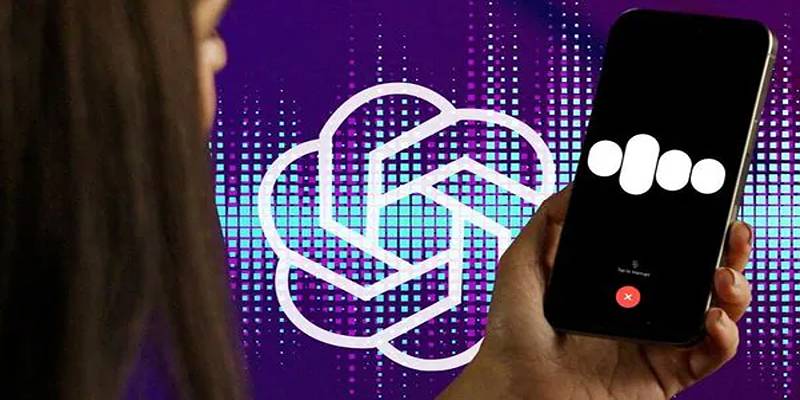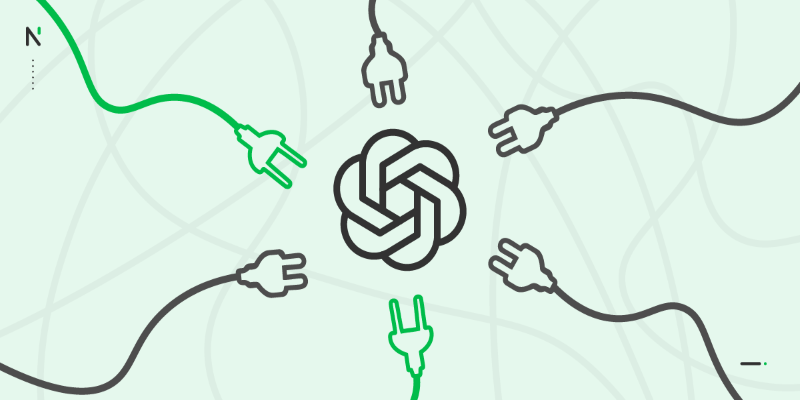Advertisement
With the increasing integration of artificial intelligence into education and productivity tools, ChatGPT has emerged as a popular solution for a wide range of academic and technical tasks. Among the many questions surrounding this AI tool, one remains especially relevant: Can ChatGPT actually solve math problems with accuracy and reliability?
There's some reason to be curious. When it comes to math, accuracy is very important; even a small mistake or misreading of an idea can lead to wrong results. Because of this, users are right to wonder if they can trust ChatGPT to give them correct answers in math, calculus, and other topics.

ChatGPT, especially the GPT-4 version, is made to understand complicated words and answer structured questions, even ones that have to do with math. Its ability to handle mathematical questions depends largely on how those problems are presented. The model does not inherently "understand" math the way a human mathematician does. Instead, it uses pattern recognition and contextual analysis to arrive at solutions based on its extensive training data.
Its problem-solving capability spans several branches of mathematics, including arithmetic, algebra, geometry, trigonometry, and calculus. However, accuracy can vary depending on the version used (e.g., GPT-3.5 vs. GPT-4), the clarity of the input, and the complexity of the task.
When it comes to basic arithmetic, ChatGPT typically performs well. It handles operations involving addition, subtraction, multiplication, and division with minimal error, especially when using GPT-4. Problems involving fractions, decimals, and order of operations (such as PEMDAS) are usually solved quickly and correctly.
In algebra, the model also demonstrates solid performance. It can simplify expressions, solve for unknown variables, and even handle sequences and quadratic equations. Furthermore, when asked, it is capable of explaining the steps involved, helping users better understand the logic behind the answer.
These strengths make ChatGPT a useful companion for high school students or casual learners needing help with algebraic concepts. It breaks down complex equations into simple steps, making learning less overwhelming. Additionally, it can offer multiple solution methods, helping users understand concepts from different angles.
Geometry introduces spatial reasoning and visual context, which can be challenging for a language model that doesn't "see" images in the traditional sense. Still, ChatGPT processes descriptive geometric problems well. It can compute distances using the Pythagorean theorem, identify angles in inscribed polygons, and derive properties of geometric figures based on textual descriptions.
Trigonometry involves more abstract thinking, including wave functions and circular reasoning. ChatGPT demonstrates a solid understanding of sine, cosine, and tangent relationships. It can identify amplitude, period, and phase shifts in sinusoidal equations. It also handles inverse trig functions and angle identities with relative ease.
However, it has one notable vulnerability: it may confidently assert incorrect information when user-provided data is flawed or contradictory. For instance, it might wrongly resolve an inscribed angle problem if the diagram is poorly described or misinterpret a trig identity if coaxed toward a wrong assumption.
In calculus, ChatGPT shows proficiency in solving limits, derivatives, and basic integrals. It can differentiate and integrate polynomial, exponential, and logarithmic functions. When asked to find limits as variables approach certain values, it applies rules like L’Hôpital’s Rule or direct substitution correctly.
Its derivative calculations, including for inverse functions, tend to be accurate, assuming no misleading or vague input from the user. It also recognizes chain rule, product rule, and quotient rule applications fairly well. However, when faced with ill-structured input or a user challenging its correct answer without justification, it might backpedal and give in to the pressure by altering its correct response.
This compliance isn’t due to a lack of understanding but rather a design feature intended to prioritize user satisfaction. It doesn't "argue" back, which can result in it reinforcing a user’s error if not challenged or corrected with sound logic.
Feature | GPT-3.5 | GPT-4 |
Math Skill | Good for easy problems | Strong with all kinds of math |
Hard Problems | Often makes mistakes | Solves hard math better |
Step-by-Step Logic | It can get mixed up | Follows steps well |
Memory in Long Problems | May forget what it said before | Remembers better in long problems |
Nested Math (in layers) | Gets confused sometimes | Solves with better care |
Answer Clarity | Sometimes, short or unclear | Gives clear and full answers |
Best For | Basic math and fast help | School and college math |
Great For Learning | Fine for review or quick use | Best for deep learning and homework help |

A major factor influencing ChatGPT’s math-solving accuracy is the way problems are presented. Since the model relies entirely on text inputs, even minor ambiguities can lead to incorrect interpretations. For example, an improperly described angle or missing variable constraint may confuse the AI, producing flawed results.
It makes it essential for users to phrase their math problems with precision. Unlike humans, ChatGPT does not guess intent or fill in gaps with real-world logic unless explicitly told to do so. Even a small wording mistake can lead to a completely different answer. Clear, complete input ensures the AI processes the problem as intended.
Additionally, the model has no awareness of user expertise. If a beginner asks a question and receives an incorrect response, there’s a risk that the user may take the result as fact. Without a way to independently verify the answer, errors may go unnoticed and lead to misunderstanding.
In a general sense, yes—ChatGPT is highly capable of solving math problems accurately across a wide array of topics. Whether it’s solving algebraic equations, computing derivatives, or finding trigonometric values, the AI consistently performs well, particularly when used with GPT-4.
However, reliability comes with conditions. Clear prompts, logical framing, and user awareness are all essential to getting correct and useful answers. Users must be aware of its limitations, especially in scenarios involving diagrams, ambiguous language, or conceptual errors.
Advertisement

Can ChatGPT really solve math problems? Discover its accuracy in arithmetic, algebra, geometry, and calculus.

Speak to ChatGPT using your voice for seamless, natural conversations and a hands-free AI experience on mobile devices.

DataRobot's Enterprise Suite helps businesses manage generative AI with governance, monitoring, and compliance for safe AI use

Explore 8 strategic ways to use ChatGPT for content, emails, automation, and more to streamline your business operations.

Writer's Palmyra Creative LLM transforms content creation with AI precision, brand-voice adaptation, and faster workflows

Need a sharp, professional headshot without booking a shoot? Check out the best AI headshot generators in 2025 to create standout photos in minutes

Amazon CEO Andy Jassy highlights the importance of AI investment in his annual letter, outlining how artificial intelligence strategy is shaping the company’s growth and innovation plans

Ever wondered what plugins come standard with ChatGPT and what they're actually useful for? Here's a clear look at the default tools built into ChatGPT and how you can make the most of them in everyday tasks

Discover how ChatGPT enhances smart home automation, offering intuitive control over your connected devices.

Explore 6 AI-powered note-taking apps that boost productivity, organize ideas, and capture meetings effortlessly.

What is a database, and why is it essential in managing information? Learn how databases keep data organized, secure, and accessible in everyday life

ChatGPT is now on Android with a fast, mobile-first design—download the app and enjoy smarter AI chats anytime, anywhere.